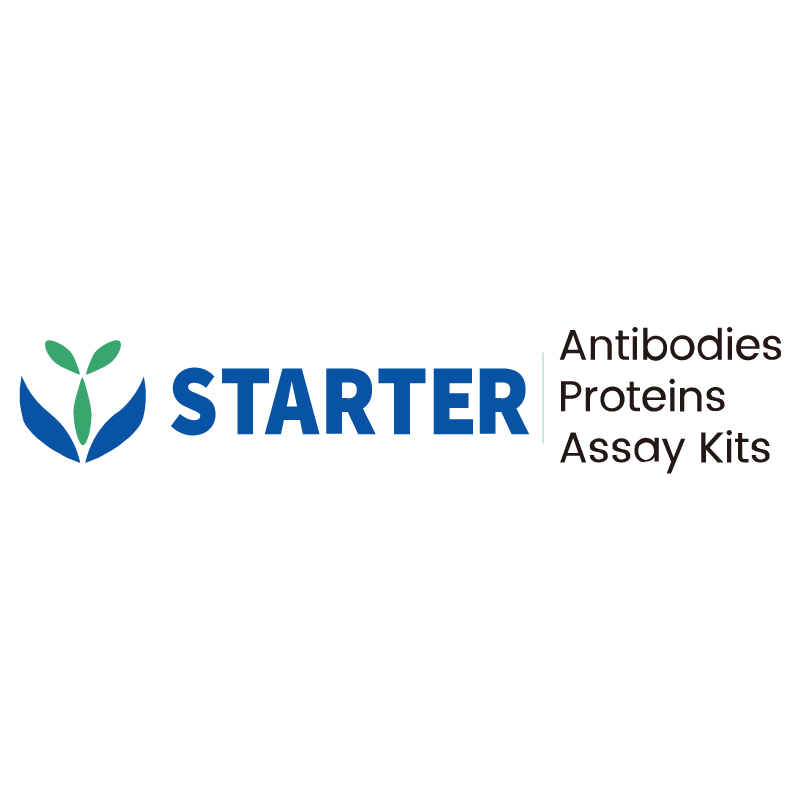Flow cytometric analysis of Mouse CD45.1 expression on SJL mouse splenocytes. SJL mouse splenocytes were stained either Allophycocyanin Mouse IgG2a, κ Isotype Control (Left panel) or SDT APC Mouse Anti-Mouse CD45.1 Antibody (Right panel) at 5 μg/test. Flow cytometry and data analysis were performed using BD FACSymphony™ A1 and FlowJo™ software.
Product Details
Product Details
Product Specification
| Host | Mouse |
| Antigen | CD45R/B220 |
| Synonyms | Receptor-type tyrosine-protein phosphatase C; Leukocyte common antigen (L-CA); Lymphocyte antigen 5 (Ly-5); T200; CD45; Ly-5; Ptprc |
| Location | Cell membrane, Synapse |
| Accession | P06800 |
| Clone Number | S-R521 |
| Antibody Type | Mouse mAb |
| Isotype | IgG2a,k |
| Application | FCM |
| Reactivity | Ms |
| Positive Sample | SJL mouse splenocytes |
| Purification | Protein A |
| Concentration | 0.2 mg/ml |
| Conjugation | APC |
| Physical Appearance | Liquid |
| Storage Buffer | PBS, 1% BSA, 0.3% Proclin 300 |
| Stability & Storage | 12 months from date of receipt / reconstitution, 2 to 8 °C as supplied |
Dilution
| application | dilution | species |
| FCM | 5μl per million cells in 100μl volume | Ms |
Background
CD45.1 is a variant of CD45 (Leukocyte Common Antigen), a protein tyrosine phosphatase (PTP) family member with a molecular weight of approximately 180–240 kDa. It is broadly expressed on the surface of all hematopoietic cells except mature erythrocytes and platelets. Encoded by the Ptprca allele, CD45.1 differs in amino acid sequence from the more common CD45.2 (encoded by Ptprcb) and is primarily expressed in mouse strains such as SJL/J, RIII, STS/A, and DA. Functionally, CD45.1 plays a crucial role in immune cell signaling by modulating T-cell receptor (TCR) and B-cell receptor (BCR) pathways, thereby influencing cell activation, proliferation, and differentiation. Due to its differential expression compared to CD45.2, CD45.1 mouse models (e.g., B6-Ly5.1) are widely used in cell transplantation tracking experiments to distinguish donor and recipient cells. These models are valuable in tumor immunology, autoimmune disease research, and hematopoietic development studies.
Picture
Picture
FC


